In a joint project, Safran Landing Systems and SLM Solutions have tested Selective Laser Melting technology for the production of a nose landing gear component for a Bizjet. A world first for a component of this size.
Sidebar
Aerospace
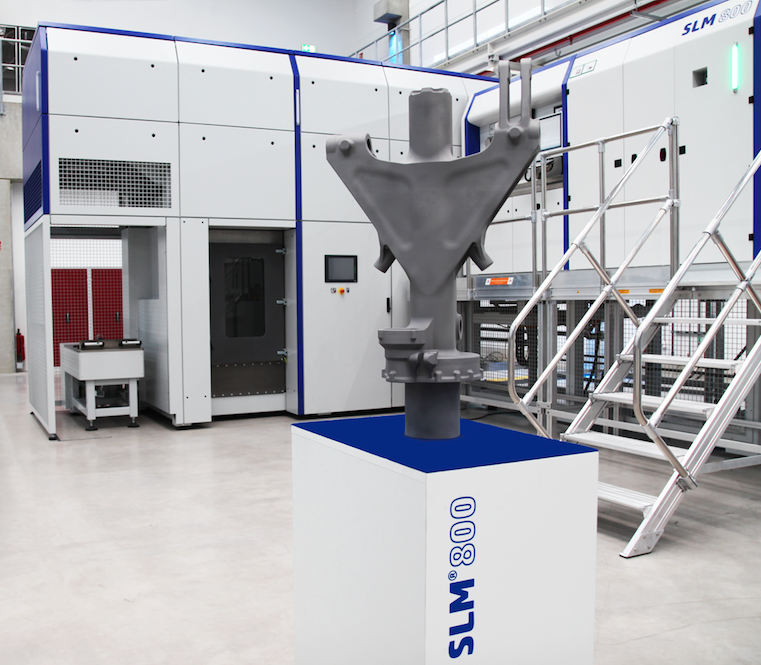
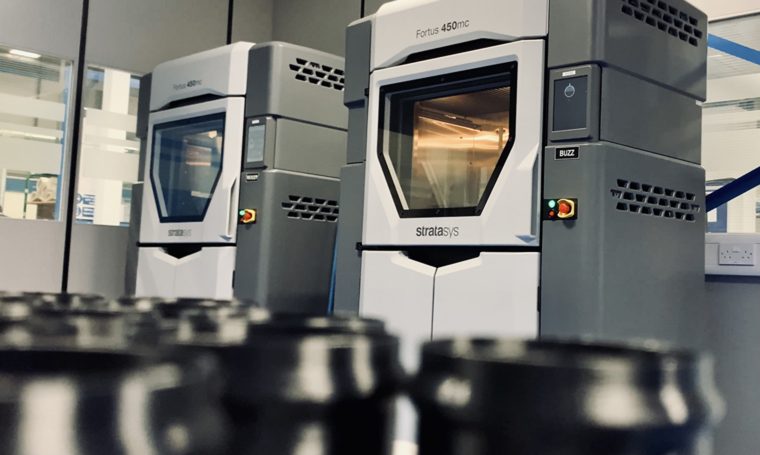
SENIOR AEROSPACE BWT INVESTS IN STRATASYS FDM 3D PRINTERS TO PRODUCE AIRCRAFT PARTS FOR OEMs
Installation of Stratasys 3D printers at Senior Aerospace BWT used in robust, repeatable and traceable production process for aerospace.
Company seeing savings of up to 75% on certain parts, compared with traditional manufacturing.
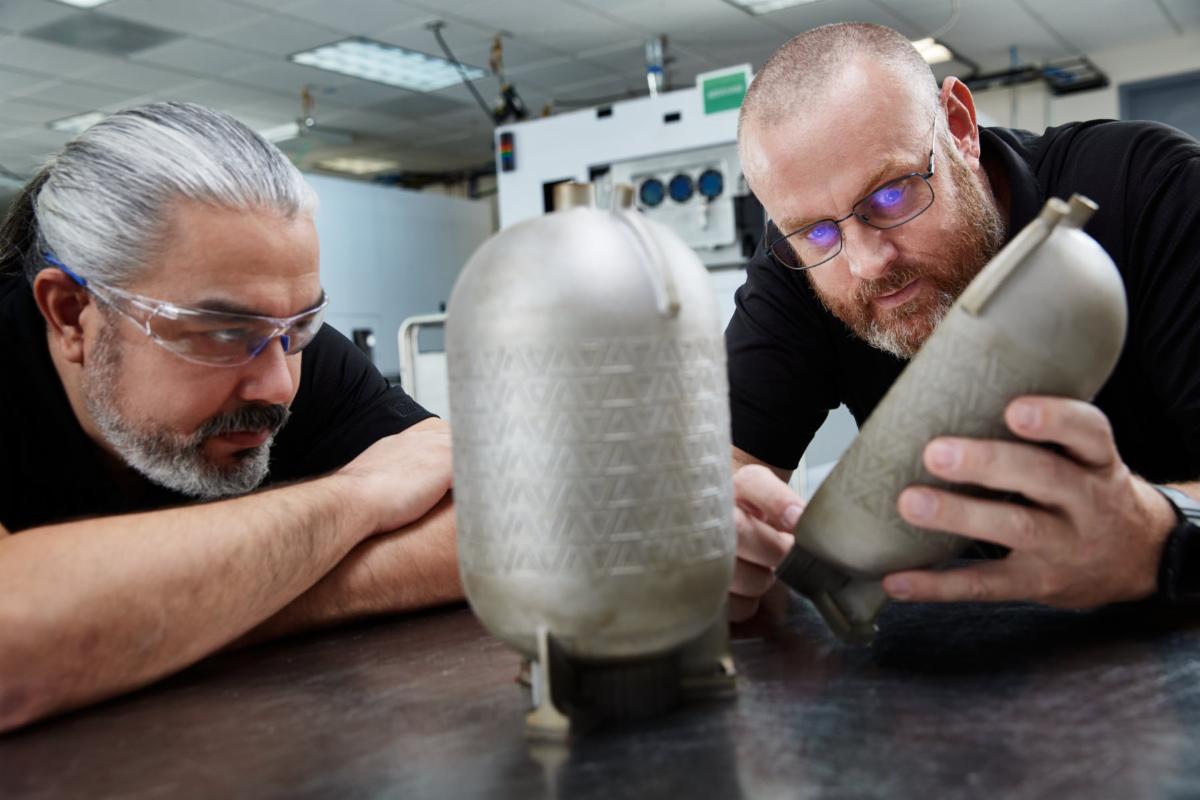
Primus Aerospace Adopts VELO3D’s Titanium AM System to Unlock the Future of Design for the Aerospace and Defense Industry
First-ever, advanced metal 3D-printing system of its kind dedicated to flight-critical applications
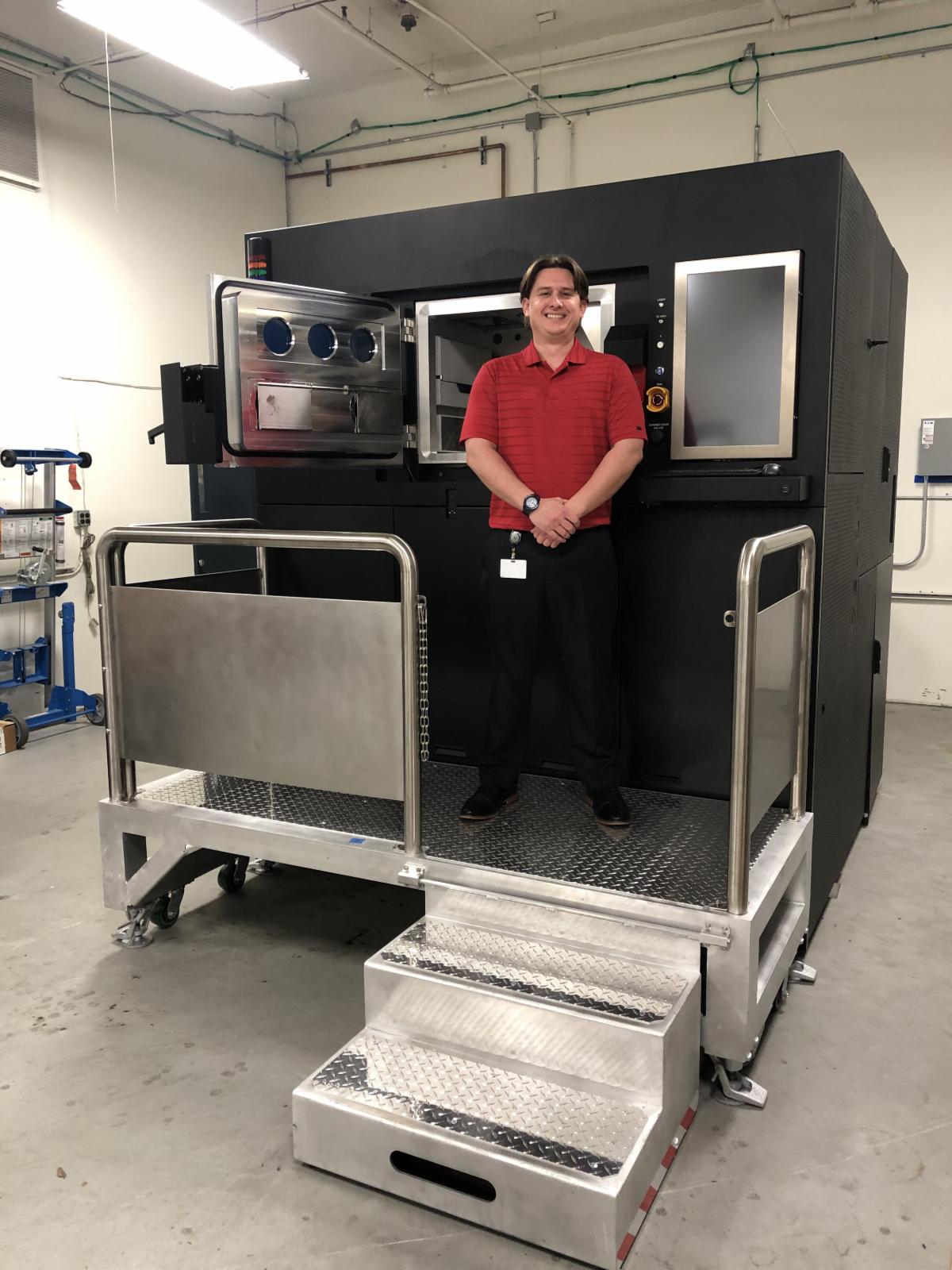
VELO3D Selected for its 3D-Printed Aftermarket Part Solutions for Gas Turbines in Aviation and Energy
Additive manufacturing will help keep aging engines operational with greater flexibility and shorter delivery times than traditional MRO supply chains
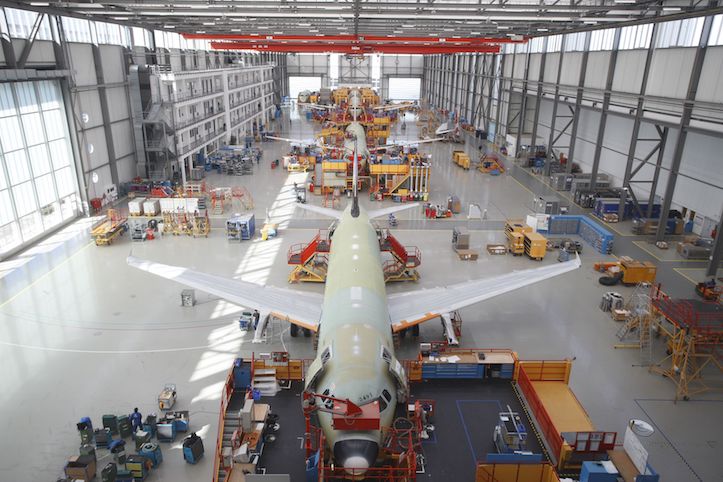
Stratasys Awarded Airbus Contract Extension
Stratasys announced it has been awarded a contract extension for production of 3D printed polymer cabin interior components.
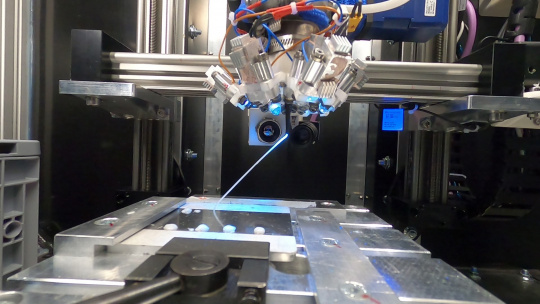
Cost reduction in aerospace through additive manufacturing
Spacecrafts are developed, tested and fully assembled on Earth and transported in one piece by a launch vehicle to their respective places of operation. Each component must be able to withstand the extreme conditions during the launch phase. In most cases, in addition to complex test procedures, this leads to an oversized structure of the spacecraft components, because in orbit they experience only a fraction of the stresses they must endure during rocket launch.
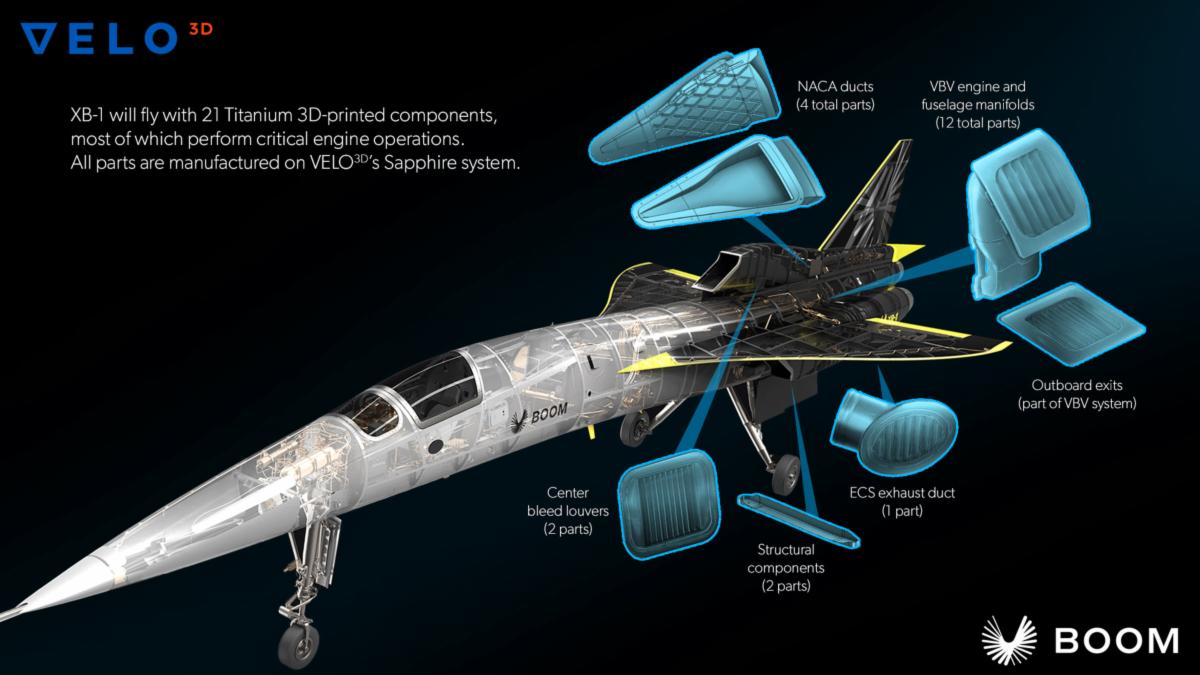
Boom Supersonic Readies for Flight with Metal Additive Manufacturing on Board
Challenging titanium parts for XB-1 demonstrator aircraft successfully 3D printed on VELO3D’s Sapphire system
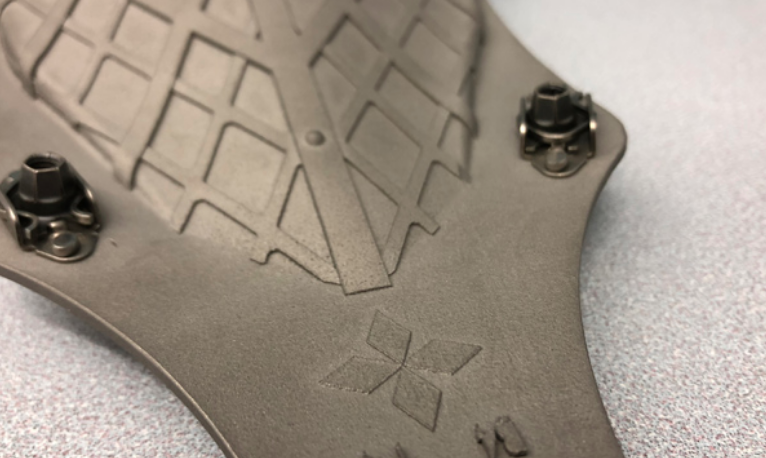
GA-ASI completes first test flight with metal 3D-printed part
From design to test flight in six months after close collaboration GE Additive’s AddWorks team, the GA-ASI team launched a test flight of its MQ-9B SkyGuardian, the first remotely piloted aircraft (RPA) with a metal printed part, its NACA inlet.
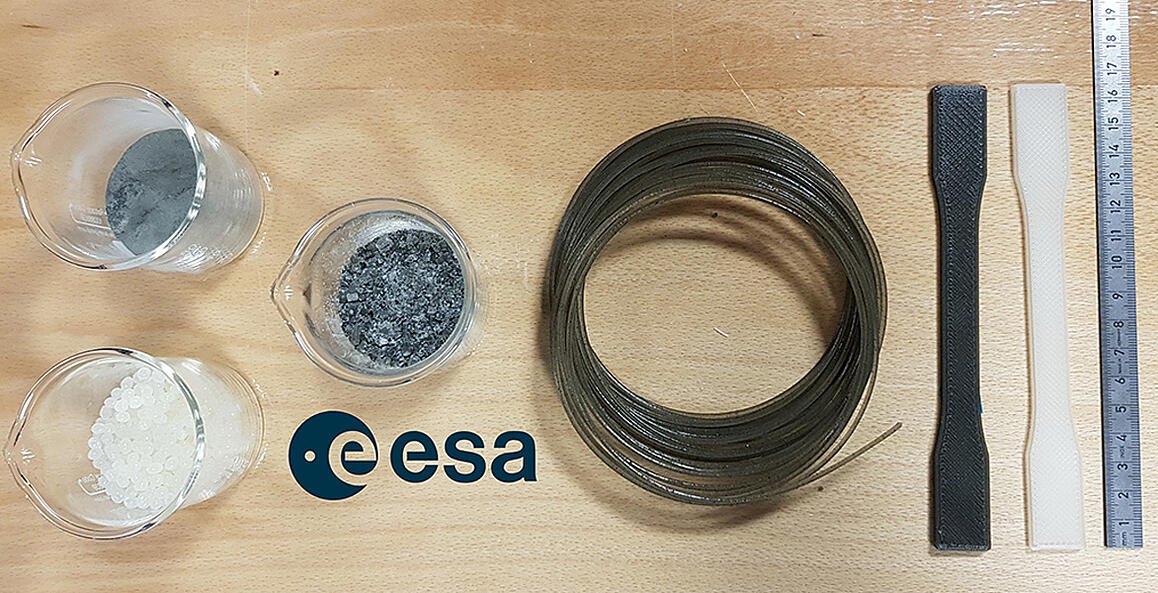
ESA Extended: Reducing Plastic Consumption in Space With Lunar Powder
Since becoming a part of the European Astronaut Centre’s lab equipment in February 2017, the Composer 450 has been instrumental in their prototyping processes. ESA researchers have successfully used the extruder to develop custom quantities of PLA-based filament for research and development iterations. The 3devo set-up gives Spaceship EAC the ability to create 3D printing filament in-house. Also, reducing Spaceship EAC’s dependence on the expertise and availability of third-party filament suppliers.
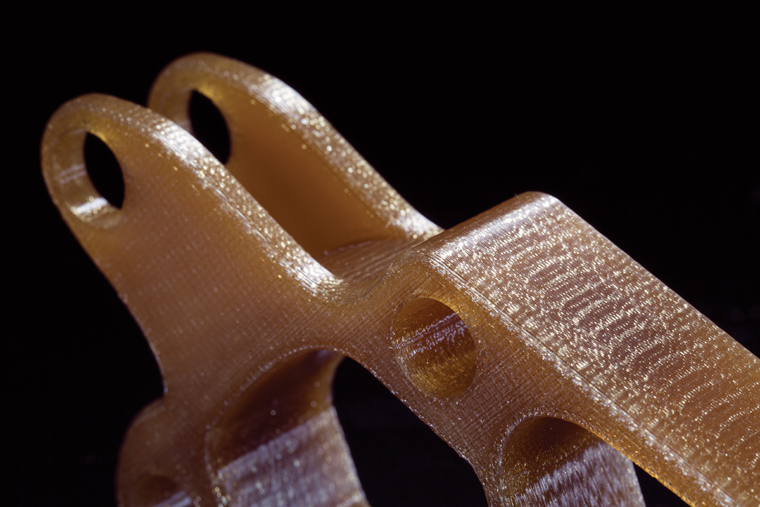
Boeing qualifies Stratasys Antero 800NA material for 3D-printed flight parts
Enhanced chemical resistance and fatigue performance of the PEKK-based material over other alternatives provide Boeing with a new, high-performance option for polymer flight parts
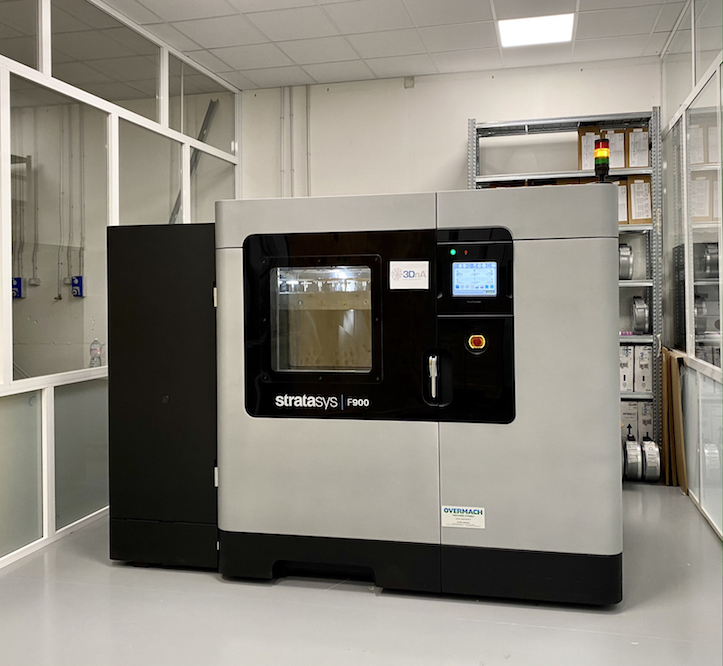
3DnA invests in Stratasys’ large-scale F900 3D printer to open up production opportunities in new markets
Italian engineering service bureau adds the F900 to its existing FDM capability to serve the production needs of rail, mobility and drones

 Deutsch (Germany)
Deutsch (Germany)  Polski (PL)
Polski (PL) 








